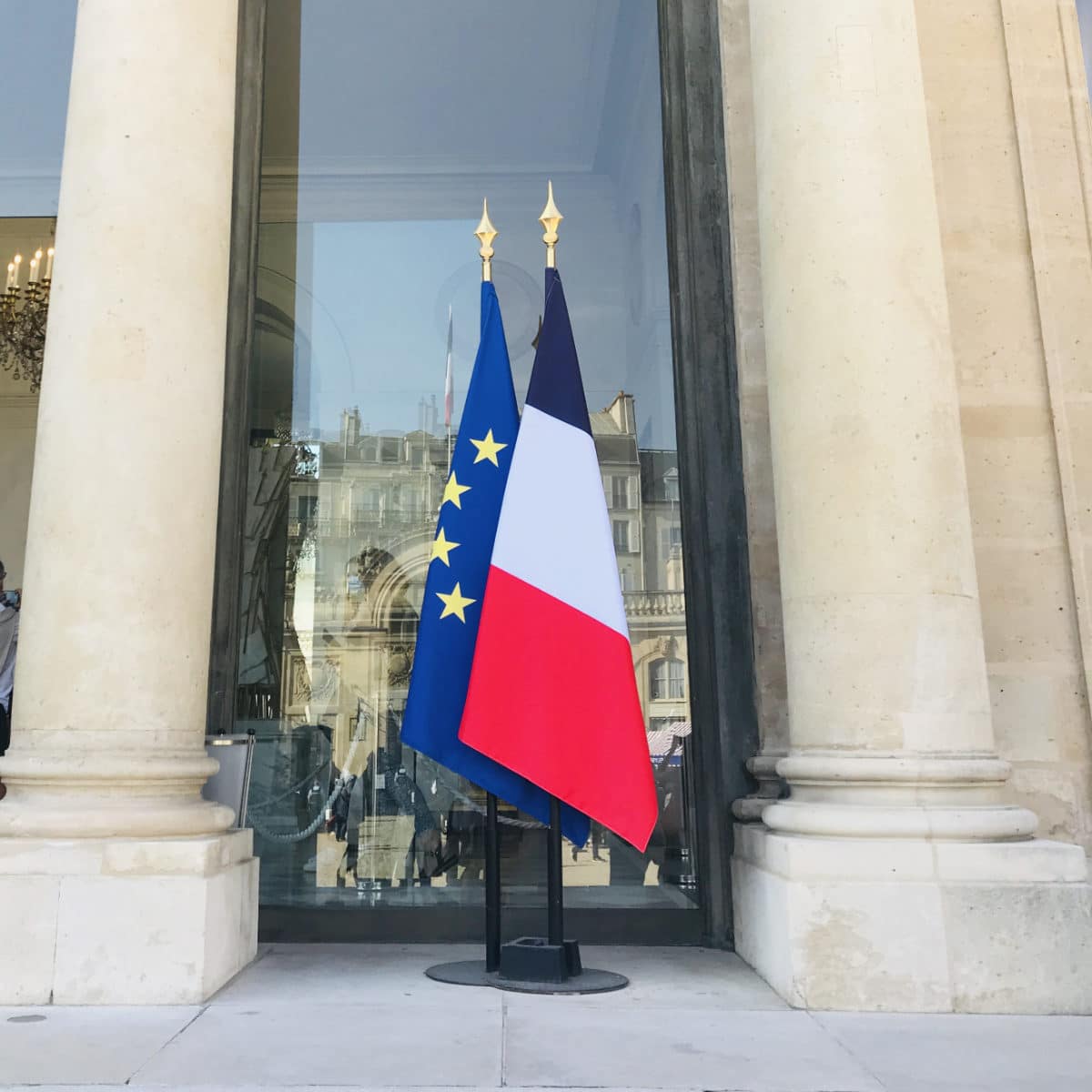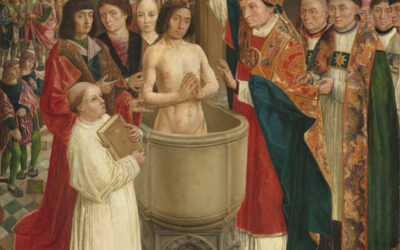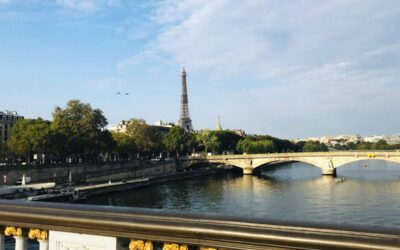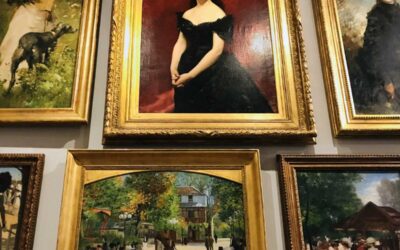When it comes to country flags, let’s be honest, the French flag isn’t exactly the most avant-garde design out there. It has got those classic blue, white, and red colors arranged in vertical stripes, like many other flags out there.
It is like they raided the crayon box without much imagination. But don’t let its simplicity fool you. It is like the little black dress of flags: timeless and always in style. And it is one of the most recognizable flags in the world.
The history of the flag of France is one that burst onto the scene during the French revolution. The colors of the flag have multiple meanings, with each meaning associated with its people and the values the country holds dear.
Today, that flag is like the Eiffel Tower or a perfectly baked croissant, a symbol of France’s enduring patriotism and love for its country. It is a flag that has seen multiple revolutions, wars, and of course countless baguettes being devoured.
So let’s find out a few interesting facts about the French flag, shall we? Allons-y!
- 1. The flag is known as the "tricolore" or the "bleu, blanc, rouge".
- 2. The previous French flag featured the fleur de lys.
- 3. The flag was inspired by the cockade of France.
- 4. The colors represented the classes.
- 5. The Marquis de Lafayette advocated for the tricolore.
- 6. The flag represents the motto: Liberty, Equality, and Fraternity.
- 7. During the Bourbon restoration, the flag was replaced.
- 8. Many French regions have their own flags.
- 9. At times, the Arc de Triomphe in Paris has a French flag flying under the arch.
- 10. French presidents have been known to change the flag's color.
- 11. French flags are displayed in bunches on government buildings.
- 12. The flag stripes have to be proportionate.
1. The flag is known as the “tricolore” or the “bleu, blanc, rouge”.
The flag of France is called the tricolore, meaning “3 colors”. Alternatively, it is called the bleu, blanc, rouge, meaning “blue, white, and red”.
After the French revolution, the three-color scheme was eventually copied by many other nations, both in Europe and the rest of the world.
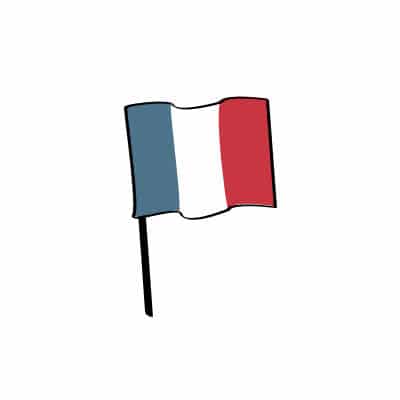
Blue is identified with Saint Martin and red with Saint Denis, two of the most famous saints in France. (Denis is also one of the Patron saints of Paris.)
In addition, red and blue are also associated with the Virgin Mary, and the red banner of Joan of Arc.
2. The previous French flag featured the fleur de lys.
The previous symbol of French royalty (before the 1789 revolution) was the fleur de lys. It is believed to be Clovis I, the first King of the Franks who made the fleur de lys a symbol of the French monarchy.
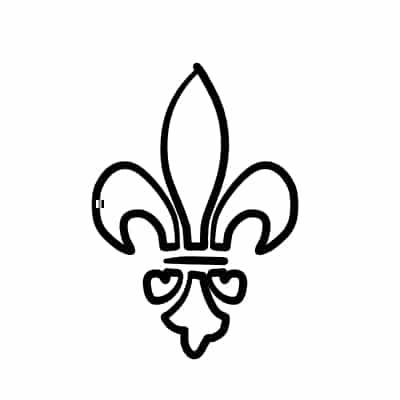
Various versions of the fleur de lys were used on blue and white backgrounds, usually in a bright yellow.
This was the official symbol of the monarchy and continues to adorn monuments and châteaux all over the country. (Obviously, it was quite difficult to get them all off after the revolution).
The town of Soissons that was one of the capitals of Clovis, still holds the fleur de lys as its symbol, as the province of Quebec in Canada.
3. The flag was inspired by the cockade of France.
The tricolour flag is derived from the cockade of France used during the 1789 French Revolution. It was the national ornament of France, made by circularly pleating a blue, white and red ribbon.
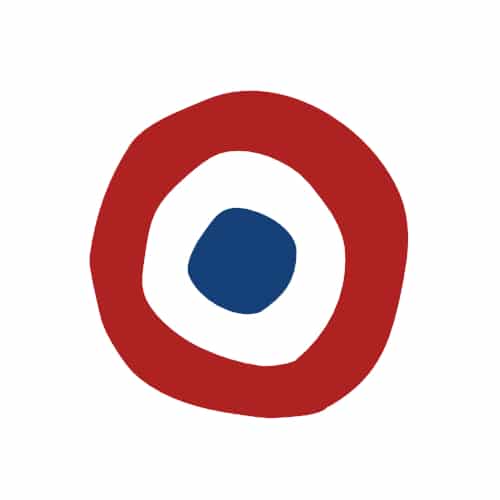
These were circular rosette-like emblems attached to the hat. During the storming of the Bastille, the revolutionary militia wore these types of cockade of blue and red in their revolution against King Louis XVI and Marie Antoinette.
4. The colors represented the classes.
The Blue represented the working class while the Red represented the nobility, with the white in the middle as a the symbol of purity and royal authority.
During the turmoil of the revolution, royalists eventually began wearing white cockades and flying white flags to identify themselves, while the Jacobins (later the Socialists) flew the red flag.
5. The Marquis de Lafayette advocated for the tricolore.
As white was considered to be the color of royalty, it was almost removed from the design in the aftermath of the 1789 French revolution.
It was the Marquis de Lafayette (hero of the American revolution) who argued for the current version of the French flag “blue, white and red” to be adopted in 1794 by the Assemblée Nationale.
He had returned back to France, and his experiences in America made him senior figure among the revolutionaries at the time (even though he was a nobleman himself).
It was Lafayette who argued for the addition of a white stripe to “nationalize” the design and include all citizens.
6. The flag represents the motto: Liberty, Equality, and Fraternity.
Eventually, the French flag came to symbolize the country’s motto: liberté, égalité and fraternité. Freedom is represented by the blue, equality by the white and brotherhood by the red.
7. During the Bourbon restoration, the flag was replaced.
After the 1789 revolution, Napoleon Bonaparte came to power. However when he was defeated in 1815, the Bourbon dynasty was restored when King Louis XVIII and Charles X, brothers of the executed King Louis XVI, successively mounted the throne.
They briefly replaced the tricolore by a plain white flag, the pre-revolutionary naval flag. However, after the July Revolution of 1830, the “citizen-king” Louis-Philippe restored the tricolore and it has remained France’s national flag ever since. You can read more about French history here.
8. Many French regions have their own flags.
Along with the tricolore, many regions of France also have their own flags that are still widely used.
Historically, the different regions had their own languages, which were wiped out by King François I insisting everyone speak French in 1539.
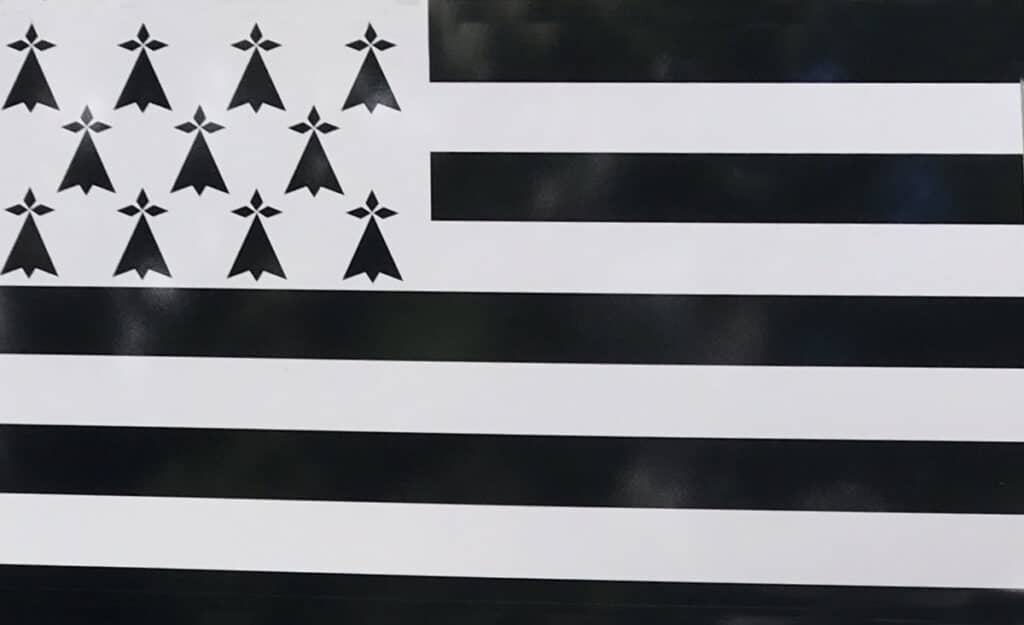
As their languages disappeared, the regional flags became one of the few remaining rallying points. The black-and-white flag of Brittany remains a powerful symbol of the region’s aim for liberty.
9. At times, the Arc de Triomphe in Paris has a French flag flying under the arch.
The Arc de Triomphe is one of the most symbolic monuments in France, with the unknown soldier buried at its base, along with the eternal flame.
It was commissioned by Napoleon Bonaparte in 1806, but his defeat by the British meant that he never saw it finished. It was completed in 1836, and become a rallying point for both French and foreign armies.
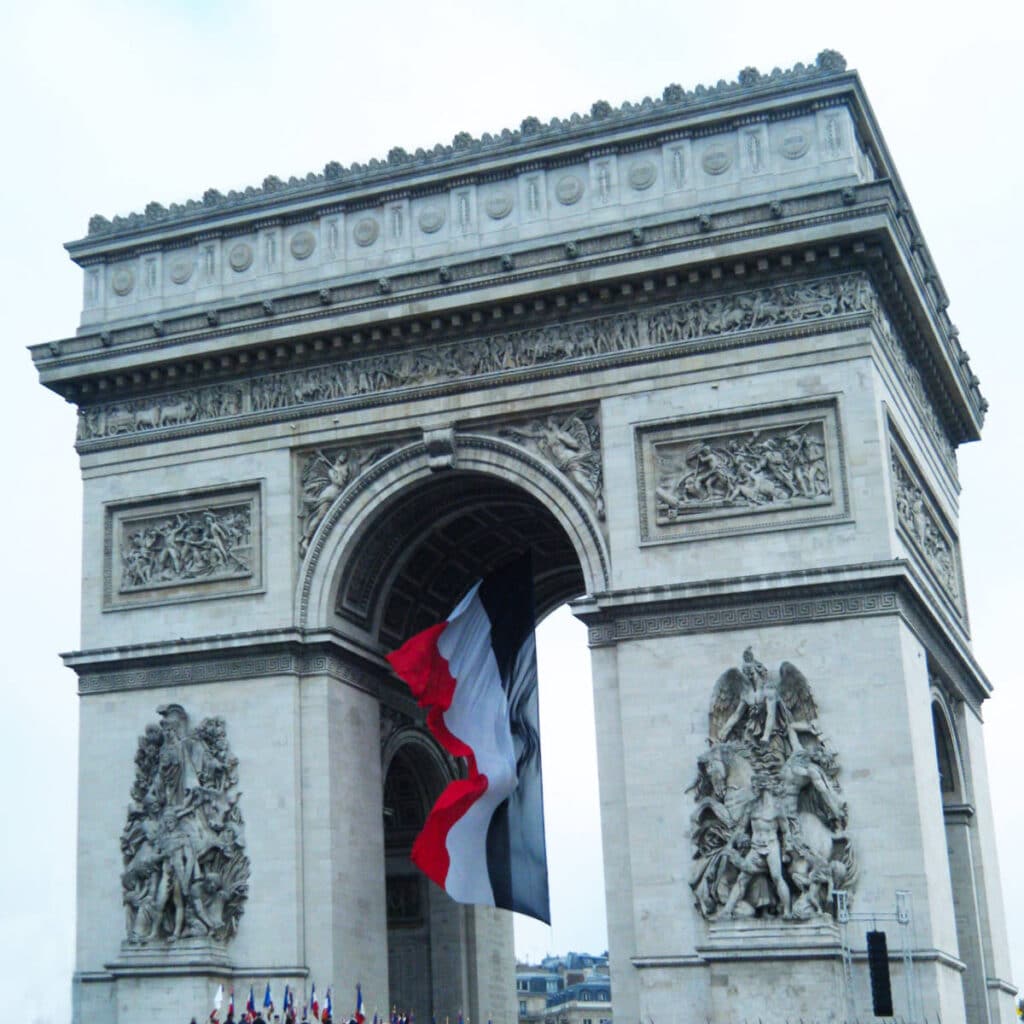
Nowadays, the french flag flies proudly under the Arch during military marches that are held here every 14 Juillet (Bastille Day) and 11 November (Armistice day). On those occasions, the President of France and other dignatories gather to pay tribute to those who have fought for the country’s freedoms.
10. French presidents have been known to change the flag’s color.
In the 1970s French President Giscard d’Estaing decided to lighten the color of the French flag. At the time it was done so discreetly to match the brighter blue of the European Union flag and simply to look better and more coordinated on TV.
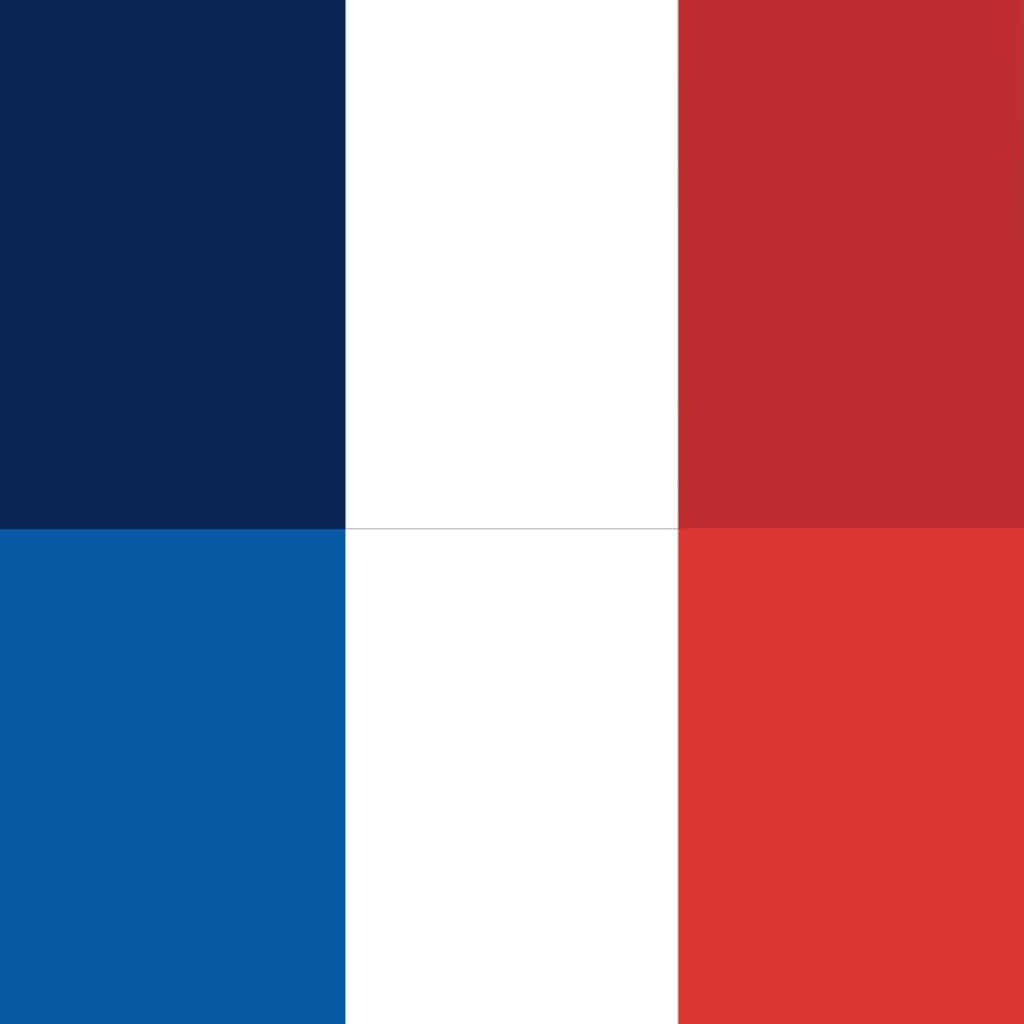
When President Macron became President in 2017, he changed the flag to was the original one after the French Revolution. Most commentators and journalists in France did not notice these subtle color changes until it was mentioned in a book in 2021.
11. French flags are displayed in bunches on government buildings.
French flags are not usually displayed on flag poles in front of government buildings, but rather grouped in bunches.
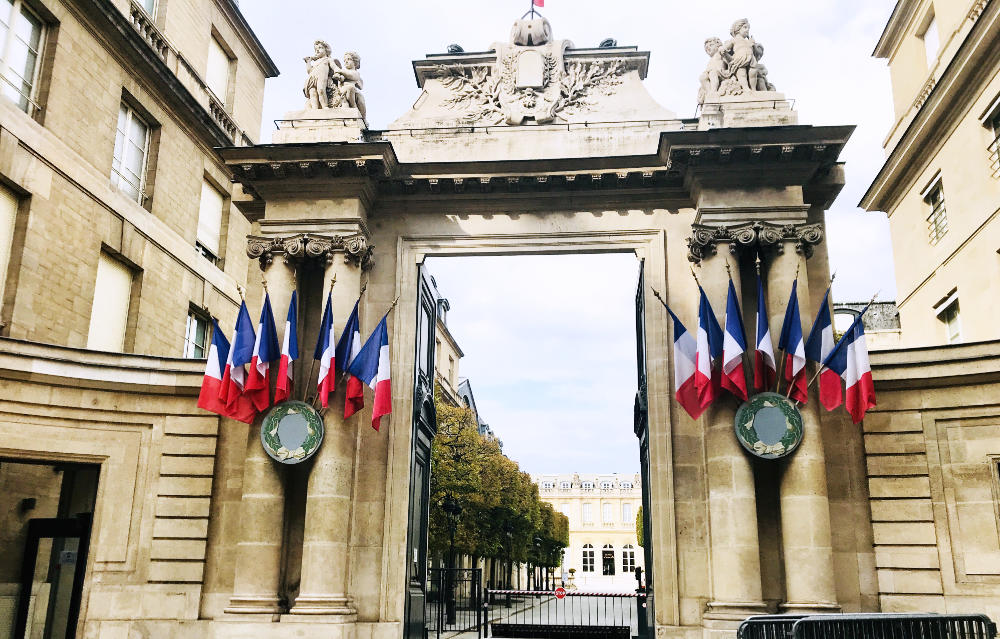
It is meant to display the power of the people, coming together to govern the République.
12. The flag stripes have to be proportionate.
While the flag’s colors are not written down exactly, its proportions are. The French flag must be with 2:3 proportions. This means it must be “two thirds”, two for the height, three for the width.
In addition, it is to be composed of three vertical bands, blue, white and red of identical height and width.

If you enjoyed this article, you may like to read more facts about France. A bientôt!
